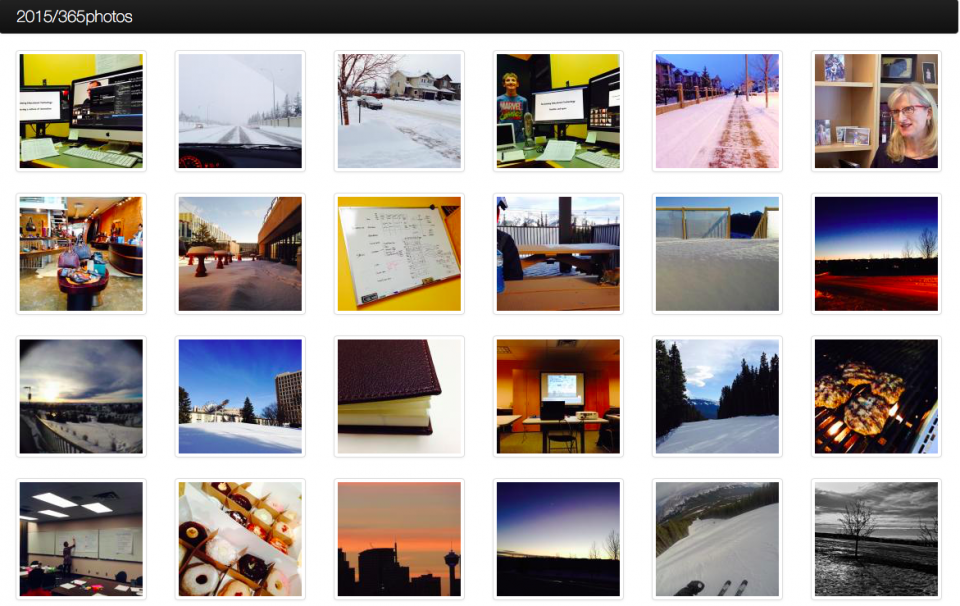I last posted anything to Flickr over a year ago, and deleted my account this spring. I’d been a pretty heavy Flickr junkie for 7 years prior to that, so was expecting to go into withdrawal and come crawling back after a brief hiatus.
Over a year later, and I haven’t missed it. Haven’t even considered having or wanting to post anything there. If I post photos, I typically do it through the ephemera section of this here blog, or if it’s a bunch of photos, I’ll create a gallery and post that.


The one thing I’ve missed, and the thing that caused me to recreate my Flickr account, is the “My Friends” page on Flickr. I’d debated just subscribing to the RSS feeds for each of the people I want to follow, but the single page for seeing all recent photos is just too simple and compelling. For now…
So. Anyway. Over a year since I’ve posted anything to Flickr. Almost 6 months since I deleted my account. No regrets. It’s totally possible to host your own photos, easily. But the social glue side of things is harder to directly replace.
One thing I’ve noticed is that I don’t get the constant ego-buzz of people using my photos. It used to be, I’d get a few emails each week, saying my stuff was in books/videos/websites/magazines/etc… It’s happened post-Flickr as well, but much less often. And that’s OK with me. I’ll just have to artificially prop up my sense of self worth some other way…
update: I wondered what the self-hosting thing looks like from a files-uploaded-to-server perspective.

The /gallery photo sets are separate, but only add up to 677MB total, for sets going back to 2003. Not a big deal…






















